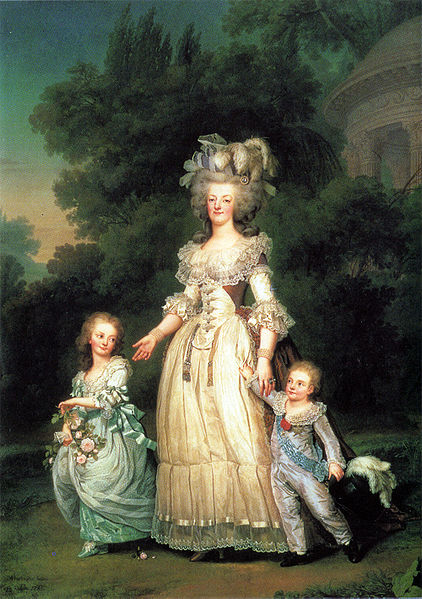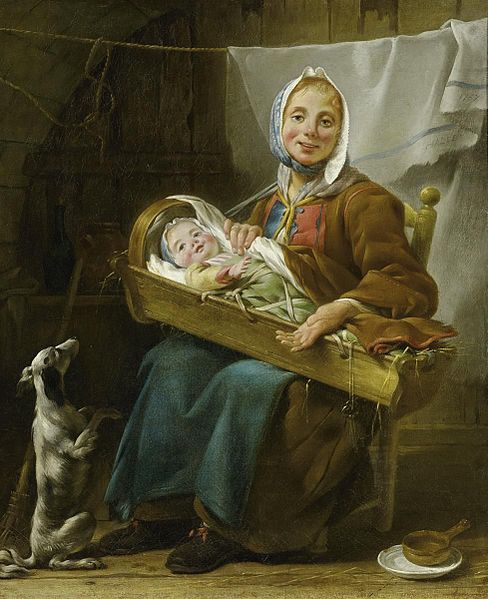Comparisons of society to living beings have circulated since Plato and Aristotle and were only abandoned with the rise of the Enlightenment’s mechanistic conceptions of the universe. By these comparisons, we see the consistent use of the organic metaphor to convey the idea that society must adapt to our needs as both living individuals and social beings.
This can be observed yet further, for example, in the recognition of inequalities in human society, drawing from the fact that we are all equal in our nature yet unequal in our accidents. These inequalities of talents, abilities, and circumstances result in an ordered hierarchical society where individuals or groups have specific leadership roles, just as members in a body play key roles in our organic metaphor.

Queen Marie Antoinette of France with her children Princess Marie Therese Charlotte of France and Dauphin Louis Joseph of France
Using this metaphor, Leo XIII in his encyclical Quod Apostolici Muneris affirms: “He [God] appointed that there should be various orders in civil society, differing in dignity, rights, and power, whereby the State, like the Church, should be one body, consisting of many members, some nobler than others, but all necessary to each other and solicitous for the common good.”(1)
Likewise, citing this encyclical of his predecessor, Pius X in his motu proprio Fin Dalla Prima states: “Human society, as established by God, is composed of unequal elements, just as the different parts of the human body are unequal; to make them all equal is impossible, and would mean the destruction of human society.”(2)
(1) Leo XIII, encyclical Quod Apostolici Muneris (1878) in The Papal Encyclicals, vol. 2, p. 13, no. 6.
(2) Pius X, motu proprio Fin Dalla Prima, American Catholic Quarterly Review, 29, no. 114 (Apr. 1904): 235.
John Horvat II, Return to Order: From a Frenzied Economy to an Organic Christian Society—Where We’ve Been, How We Got Here, and Where We Need To Go (York, Penn.: York Press, 2013), 144-5.














